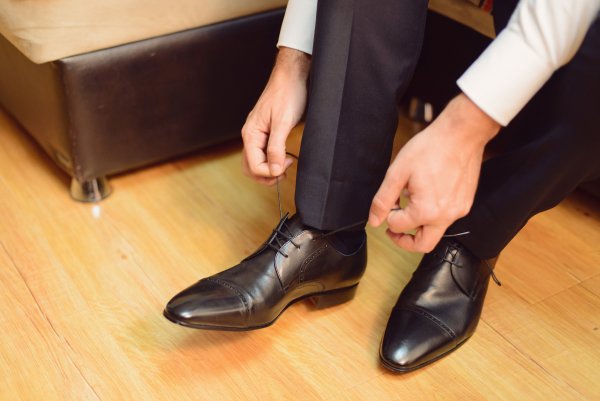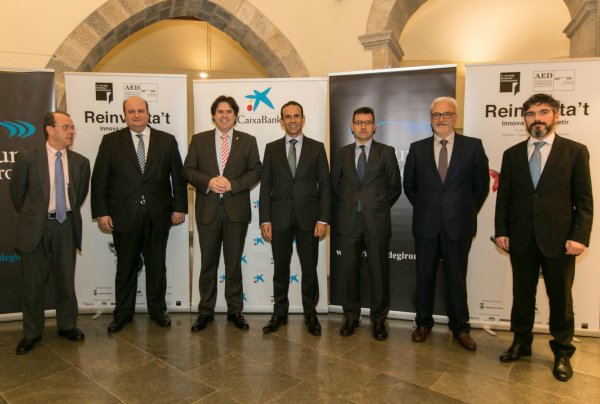Business Culture: Business Attire
Climate and Region
Uniquely situated at the southwestern edge of Europe near the northern tip of Africa, Spain features five main climate zones. They include the Atlantic climate of the northern coast, Continental Mediterranean climate of the interior central plateau, alpine climate, Mediterranean climate proper of the eastern and southern coast, and the subtropical climate of the Canary Islands, just off the northwest coast of Africa. Each zone, or region, features a different set of seasons, average temperatures, and annual rainfall. Therefore, the visitor's actual destination will determine what to pack. Most international business visitors will be going to Madrid or Barcelona.
Madrid is the capital of Spain, and it features high-altitude and seasonal variances that are similar to many familiar destinations in the Northern hemisphere. While Madrid is predominantly dry year-round, some rain does occur during the winter months. Average summer (between May and August) temperatures are usually between 20°C and 40°C (68°F and 100°F), with the hottest temperatures occurring in August. However, summer nighttime temperatures typically drop to around 18°C (64°F), so visitors should bring light jackets or sweaters for evening events. Average winter (November through February) temperatures are around 12°C (53°F), but temperatures may drop to 9°C (48°F) in December, so visitors should bring winter coats. The autumn and spring months typically feature pleasant temperatures with daytime temperatures between 20°C and 25°C (68°F and 77°F).
Barcelona features mostly pleasant weather throughout the year. Average summer (between May and August) temperatures are usually between 20°C and 34°C (68°F and 95°F), with the hot and humid weather occurring in August. Average winter (November through February) temperatures are around 12°C (53°F), but temperatures may drop to 9°C (48°F) in December, so visitors should bring winter coats. In the wintertime, overcast days and drizzle are common.
Meetings and Presentations
Most Spaniards dress impeccably for business, and business attire in Spain is very formal and conservative, yet stylish and fashionable. Spanish men generally wear tailor-made woolen or linen suits in dark, subdued colors, and will expect their visiting counterparts to do the same. Ties and jackets are required, and Spanish men accessorize with a quality watch and a wedding band, if married, worn on their right hands. Spanish women wear smart, high-quality dresses, pantsuits, and skirts. They wear stockings with dark-colored heavy fabrics during the winter months, or light-colored fabrics during the summer months. The main accessories for Spanish women include high heels, jewelry, and scarves. While Spanish women emphasize beauty through immaculate clothing and hairstyles, they avoid drawing attention to their bodies by wearing classic, modest cuts. For visiting women professionals, well-tailored suits or dresses in dark colors will be appropriate. Foreign women should never wear skirts with hemlines above the knee or blouses with low necklines. Shoes are one of the most important parts of the outfit, so visitors should bring high-quality, polished shoes. Clothing and shoes in classic, prestigious brands such as Chanel or Louis Vuitton will make a good impression. To Spaniards, "business casual" means a fashionable designer cotton shirt, slacks, and no tie. This type of dress code is predominant in creative industries.
Social and Networking Events
Even when the dress code is relaxed, Spaniards still dress stylishly, and are usually perfectly color coordinated and accessorized. Spanish social occasions outside the office will require different types of clothing depending on the event. Men should wear a clean jacket and tie to dinners at a Spanish host's home. Women may wear designer pants and blouses, dresses, or skirts. If invited to a formal event, men should wear black tuxedos, while women should wear cocktail dresses in conservative colors. Tennis shoes and shorts are only appropriate for the gym and beach.
Article written for World Trade Press by Kerrie Main.
Copyright © 1993—2024 World Trade Press. All rights reserved.

 Spain
Spain 



